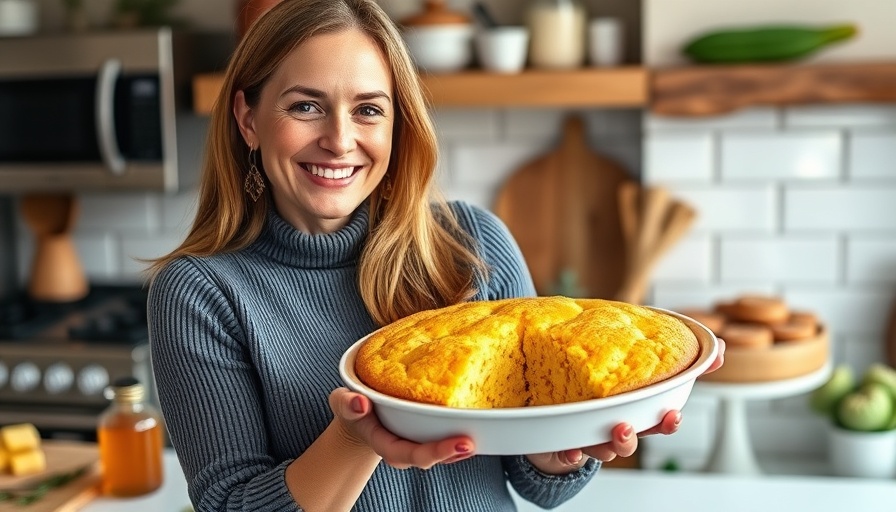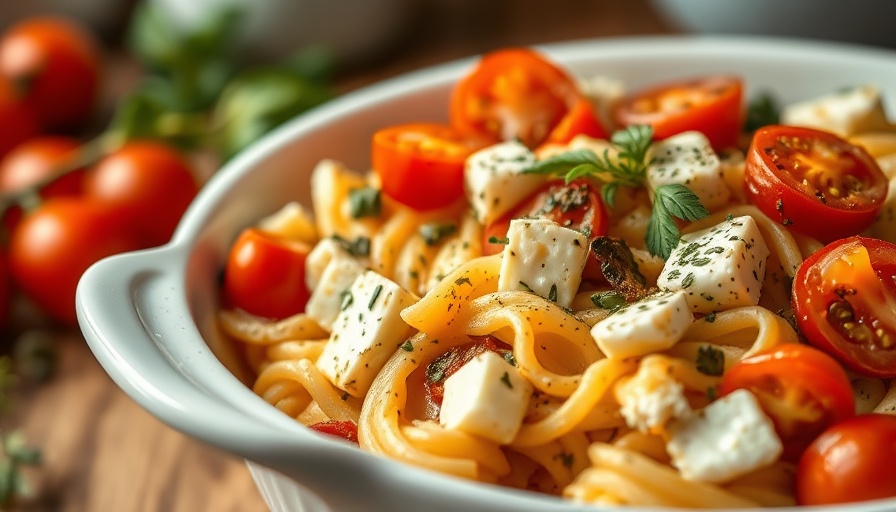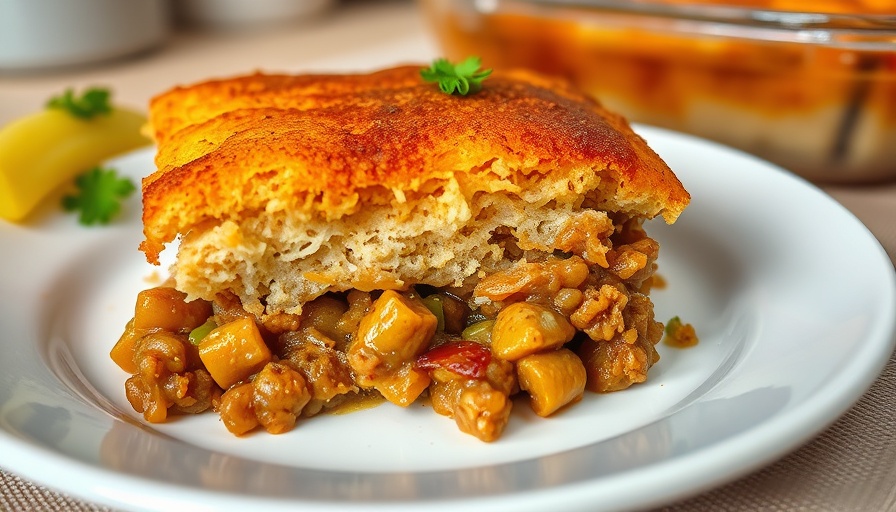
Enjoy Moist and Fluffy Gluten-Free Cornbread
Cornbread is a beloved staple in many homes, especially in Southern cuisine. Traditionally made with wheat flour, it can be off-limits for those with gluten sensitivities or celiac disease. However, this does not mean that one must miss out on the fluffy, moist texture and sweet flavor of cornbread. In today’s culinary world, gluten-free alternatives like almond flour and tapioca starch are making waves, allowing everyone to enjoy this delightful side dish.
In the video 'Best Gluten-Free Cornbread (Moist & Fluffy)', the host provides an easy and delicious recipe for gluten-free cornbread, highlighting crucial ingredient substitutions that inspired this deeper dive into the topic.
Why Go Gluten-Free? Understanding the Dietary Shift
For those who may be new to gluten-free eating, whether due to allergies, intolerance, or personal choice, understanding this shift in diet is paramount. A gluten-free diet can improve digestion, enhance energy levels, and reduce inflammation for those who are sensitive to gluten. Recent studies even suggest that many people who do not have diagnosed celiac disease may still benefit from eliminating gluten. Making simple switches in recipes, such as cornbread, can not only accommodate dietary needs but also offer exciting new flavors.
Choosing the Right Ingredients for Gluten-Free Success
The best gluten-free cornbread recipes rely on alternative flours that preserve the flavor and texture of traditional recipes. Cornmeal remains the star in gluten-free cornbread, offering that authentic cornbread taste. However, complementing it with almond flour and tapioca flour enhances the texture, making it fluffy and moist without gluten. Here are some tips for choosing the best ingredients:
- Cornmeal: A must-have for that classic cornbread flavor.
- Almond Flour: Adds moisture and richness while being gluten-free.
- Tapioca Flour: Essential for achieving that fluffy, light texture.
Steps to Create Your Delicious Gluten-Free Cornbread
Making gluten-free cornbread doesn’t have to be daunting. Preheating your oven to 375°F and combining your dry ingredients—cornmeal, almond flour, and tapioca flour—is the perfect start. Then, you’ll want to mix in baking soda, baking powder, and seasonings like salt before moving on to the wet ingredients.
Using buttermilk is recommended for optimal taste, but regular milk can suffice if unavailable. The addition of honey or sugar balances the flavors, making the cornbread sweet yet not overwhelmingly so. This combination of moist and dry ingredients is key to the cornbread’s texture.
Serving Suggestions and Variations
After baking, let your cornbread cool for a few minutes before serving. This resting time ensures the cornbread sets properly, enabling easier slicing. Served best warm with a hint of butter or even alongside your favorite chili, cornbread can complement a variety of dishes. Consider exploring variations like:
- Jalapeño Cornbread: Add some diced jalapeños for a spicy kick.
- Cheddar Cornbread: Mixing in some shredded cheese for extra flavor.
- Sweet Variations: If you prefer your cornbread less sweet, simply adjust the honey to your taste.
Embrace the Adventure of Gluten-Free Cooking
Transitioning to gluten-free cooking can be an exciting culinary adventure filled with new ingredients and flavors. The joy of sharing your gluten-free cornbread recipe with friends and family can foster connections through food. Not only does this recipe allow for inclusivity, but it also encourages healthier eating habits.
Whether you’re baking for yourself or hosting a family gathering, this gluten-free cornbread recipe can satisfy everyone at the table. Remember, cooking is about creativity and adaptability—embrace the freedom that comes with experimenting in the kitchen!
 Add Row
Add Row  Add
Add 




Write A Comment